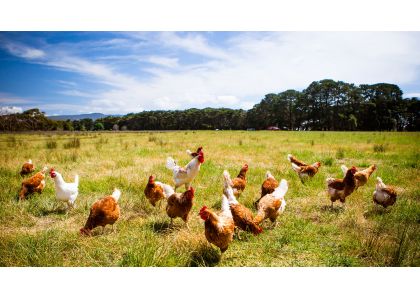Sodium Humate as feed ingredients/additives/supplements
Classification of sodium humate

Sodium humate powder
Humic acid and humic acid are mainly composed of humic acid, humic acid and humic acid. In addition, it also contains less than 1% sulfur and phosphorus, so it can supplement water carbon source. Meanwhile, sodium humate is a relatively stable natural macromolecular organic matter with aromatic structure
Sodium humate (HA Na) is the sodium salt of humic acid. Humic acid (HA) is a kind of natural macromolecular organic acid formed by long-term action of microorganisms in animals and plants (mainly plants), which widely exists in soil, low-grade coal, animal and plant fermentation waste and other substances. Humic acid is extracted from the above substances with caustic soda (sodium hydroxide) solution, and the solution is sodium humate solution. After drying, the solid sodium humate can be obtained.
Sodium humate has strong chemical and physiological activities. It can be used as plant growth stimulant, fertilizer enhancer, surfactant, oil drilling fluid treatment agent, ceramic enhancer, water purification agent, binder, and medicine as anti-inflammatory and anti pain medicine. It is a kind of chemical raw material with great development and utilization value.
Because of its complex structure and various functional groups, it has high reaction activity and strong adsorption performance. Therefore, it can achieve the effect of purifying water quality in practical application. Under the action of various enzymes, the active group of sodium humate can decompose more primary oxygen, which can inhibit the growth of some bacteria.
Sodium humate pellets
This product can be used in fertilizer, mineral powder, briquette binder, feed additive, livestock and poultry feed additives, compound fertilizer, organic fertilizer and other agricultural or related industries
The function and application of sodium humate feed for aquaculture can effectively absorb and decompose ammonia nitrogen, hydrogen sulfide, nitrite and other harmful substances. It is suitable for high-density aquaculture and is an ideal pond bottom quality and water quality improver. It can prevent the pond from aging, absorb and decompose the harmful substances in the water body, complex the heavy metal ions in the water body, and improve the water quality. PH can stabilize water body value, improve aquaculture environment, improve and activate sediment, activate water body, increase dissolved oxygen, maintain water ecological balance and promote healthy growth of aquatic animals.
Usage and dosage: all kinds of seawater and fresh water culture. The dosage is 1 kg every 1 meter of water depth. Generally, it is applied once every 15-20 days per mu of water depth. When the water quality deteriorates, the dosage will be doubled, and the whole pool will be sprinkled after being dissolved with pool water. It is better to use it with photosynthetic bacteria and enhanced Yikang bacteria.
Sodium humate flake
Flake sodium humate can be used in fertilizer, mineral powder, briquette binder feed additive, livestock and poultry feed additives, compound fertilizer, organic fertilizer and other agricultural or related industries.
The Flake sodium humate is a kind of amorphous particles with black crystal and beautiful luster. It is non-toxic, odorless, corrosion-free and easy to water. It is a multi-functional polymer compound, containing many active groups such as hydroxyl, quinone and carboxyl. It has a large internal surface area and strong adsorption, exchange, complexation and chelating capacity. As a compound fertilizer in agriculture, it can change the soil structure and has the effect of disease prevention, disease resistance, yield increase and income increase of crops. As feed additive in livestock breeding and synergist in aquaculture, remarkable economic benefits have been achieved.



